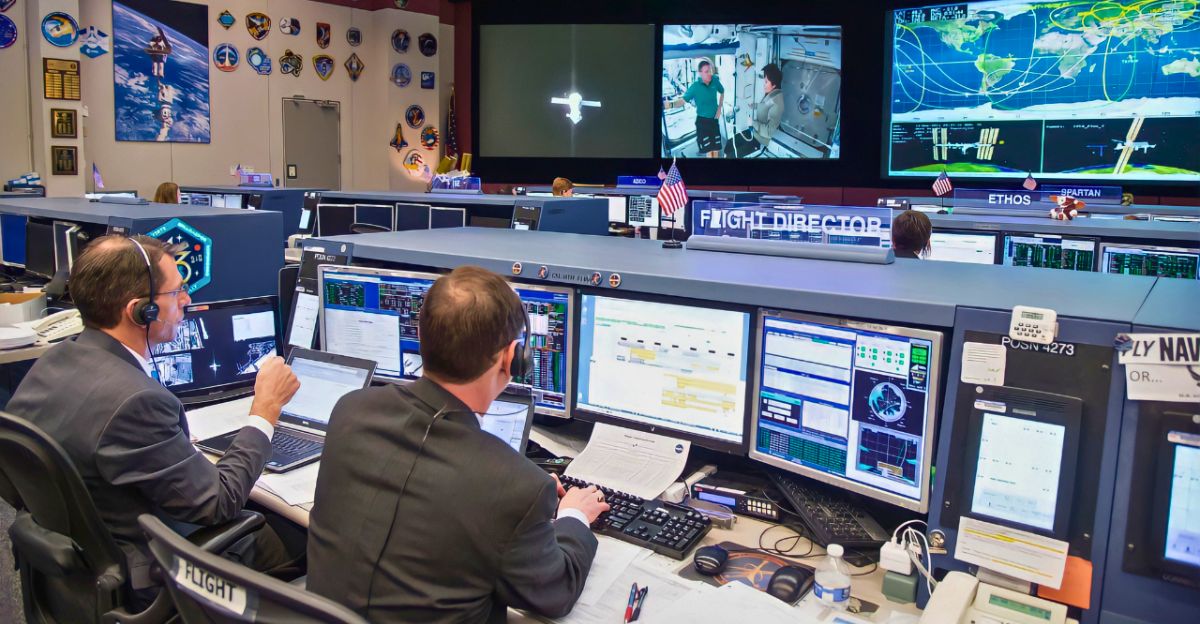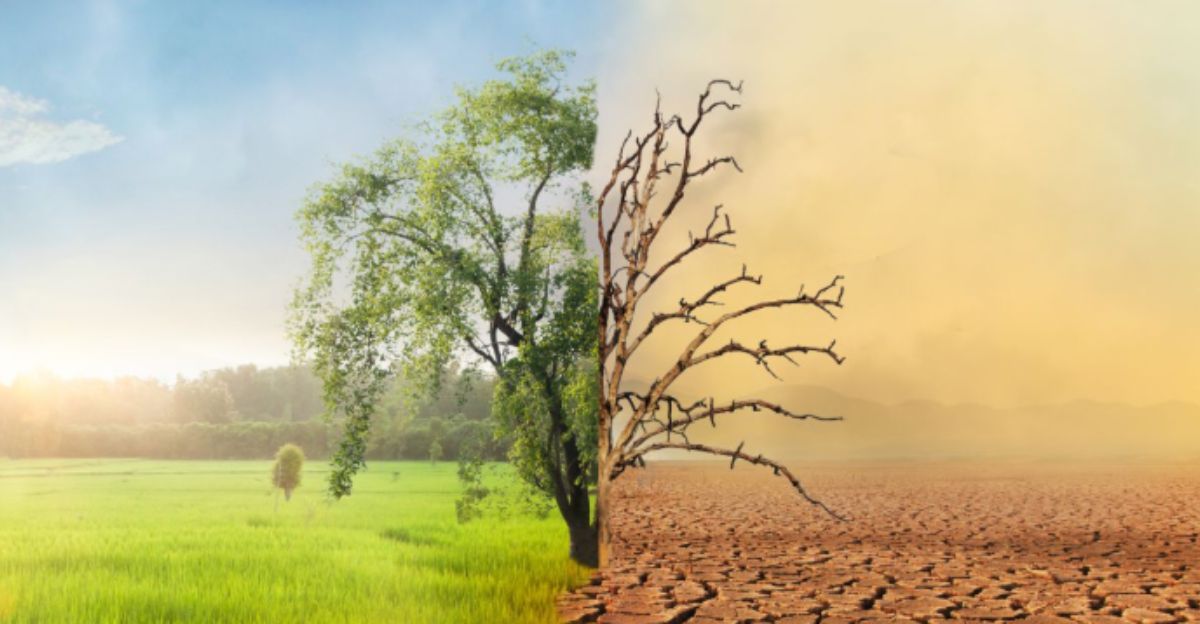
A study supported by NASA has shown that Earth’s oxygen-rich atmosphere, which makes our planet hospitable for humans and animals, will not last forever.
In fact, scientists now believe that Earth’s breathable air will run out in about a billion years, with a rapid decline starting just 10,000 years before the final collapse.
When this happens, the planet will shift back to an ancient state dominated by methane and lacking the oxygen needed for most forms of complex life.
The research was conducted by Kazumi Ozaki from Toho University and Christopher Reinhard from Georgia Institute of Technology, and was published in Nature Geoscience.
They utilized computer models and conducted over 400,000 simulations to investigate how Earth’s atmosphere might evolve. Their findings show that oxygen, though vital now, is not a permanent feature of our planet.
Instead, it is simply one phase in Earth’s very long history and will last only about 20 to 30 percent of the planet’s total habitable lifetime.
Why Will Oxygen Run Out?

This dramatic decline will be triggered by our aging Sun, which is gradually getting hotter and brighter. As solar radiation increases over the next billion years, Earth’s surface will also heat up.
That extra heat will cause the carbon dioxide in our air to break down faster than volcanoes and other natural processes can replenish it.
Plants need carbon dioxide to live and produce oxygen through the process of photosynthesis. As CO₂ levels drop, plants will start dying off, photosynthesis will grind to a halt, and the air will lose its oxygen.
Without plants keeping the oxygen flowing and the ozone layer intact, life for animals and humans will become impossible.
Methane gas will take over, oxygen levels will drop to almost nothing —approximately a million times less than today —and the protective ozone layer will vanish, exposing the planet’s surface to deadly solar rays.
Only simple life forms, like some bacteria that don’t need oxygen, will be able to survive on this future Earth.
What Does This Mean for Earth and Beyond?

This shift is not something that humans are causing. It’s the result of Earth’s natural evolution over billions of years.
The study’s authors warn that the process is irreversible once it begins, with the first noticeable drop in oxygen possibly occurring in approximately 10,000 years.
For scientists searching for life on other planets, this finding is significant. It means oxygen-rich atmospheres might actually be rare or fleeting, even on worlds that have life.
Therefore, astronomers should be open to the idea that living planets might not always exhibit obvious signs of oxygen.
In summary, NASA’s study serves as a reminder that our breathable air is just one chapter in the story of Earth.
The things we take for granted, like oxygen in the air and a safe, stable environment, are only temporary.
While there’s no reason to panic, the research helps us understand both our planet’s past and future, and redefines what scientists look for when searching for life in the universe.